Since the launch of the three-year action plan for state-owned enterprise reform, State Power Investment Corporation (SPIC) has earnestly implemented the decisions and deployments of the Party Central Committee and the State Council, and has solidly promoted the implementation of various reform tasks in accordance with the requirements of the State Council’s Leading Group for State-Owned Enterprise Reform, effectively enhancing the competitiveness, innovation, control, influence, and risk resistance of the state-owned economy. A series of significant achievements have been made, and a wealth of valuable experiences have been accumulated, earning an A grade in the assessment of key tasks for the three-year action plan for central enterprise reform from the State-owned Assets Supervision and Administration Commission of the State Council in 2021.
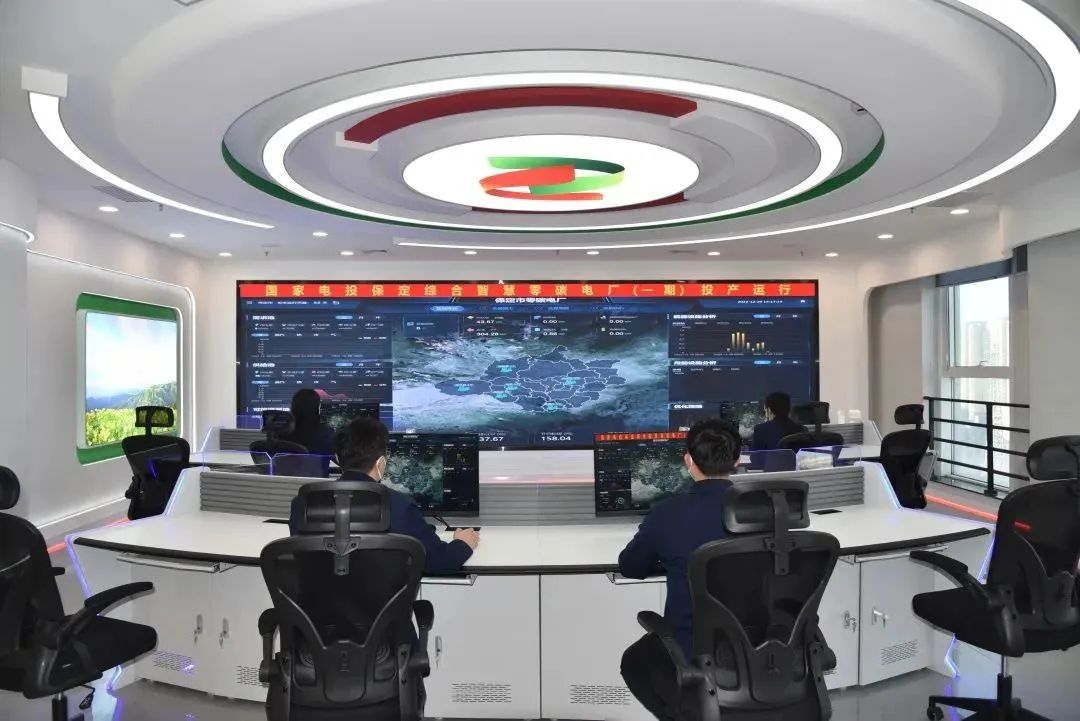
In the action to benchmark world-class enterprise management, SPIC continuously promotes the construction of the management system and management capabilities of state-owned enterprises, forming good practices in strengthening strategic management and enhancing strategic leadership capabilities.
SPIC actively responds to the call of the Party Central Committee to cultivate world-class enterprises with global competitiveness, formulating the “2035 First-Class Strategy,” which aims to establish a globally competitive world-class clean energy enterprise by 2035. Based on the “2035 First-Class Strategy,” SPIC has constructed a strategic planning support system that includes the “14th Five-Year Plan and Medium to Long-Term Development Plan” and 13 special plans, and has gradually established three major management systems: SPI (Strategy-Planning-Implementation), JYKJ (Planning-Budgeting-Assessment-Incentives), and SDSJ (Dual Benchmarking and Dual Incentives), to support the implementation of the 2035 First-Class Strategy.
Construction of the Strategic Implementation System
How can the annual operating budget profit growth better match the annual planned investment demand growth? As early as 2018, SPIC proposed establishing a strict “Planning-Budgeting-Assessment-Incentives” closed-loop management system, strengthening the efficient advancement of plans and the rigid execution of budgets; improving the accountability assessment system, researching and formulating differentiated assessments and incentives for enterprises, departments, and individuals to maximize the enthusiasm and creativity of all employees.
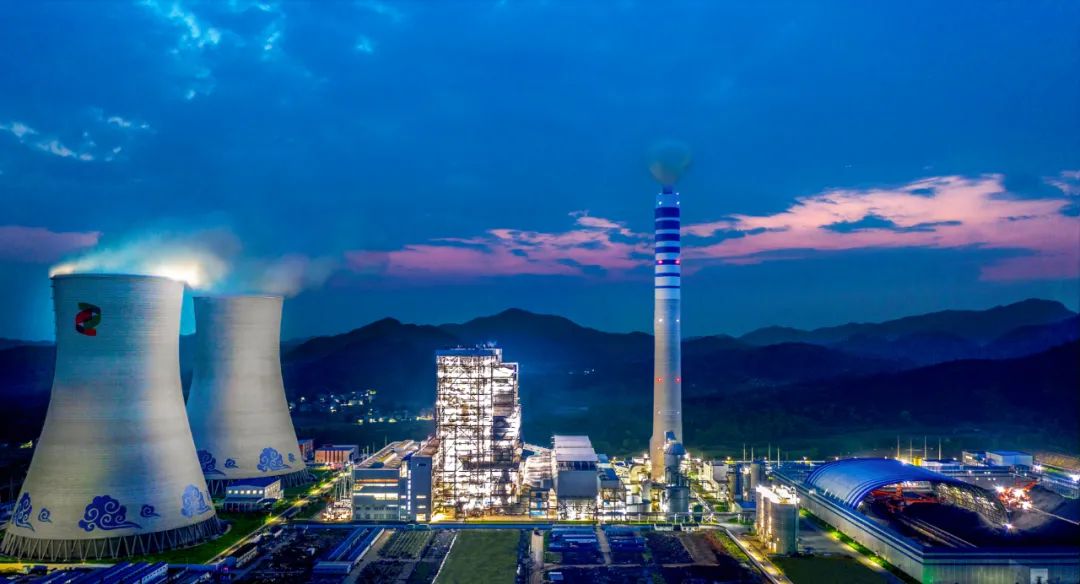
SPIC closely adheres to the functional positioning of state-owned capital investment companies, improving the “Strategy-Planning-Implementation” system, achieving effective connection between the “Strategy-Planning-Implementation” and “Planning-Budgeting-Assessment-Incentives” systems, ensuring that strategic goals are effectively decomposed into practical and actionable items, fully releasing the efficiency of state-owned capital, the vitality of institutional mechanisms, and the motivation of employees. In 2019, it issued the “Integrated Management Measures for Planning, Budgeting, Assessment, and Incentives (Trial)” and the “Management Measures for the Strategy-Planning-Implementation System,” marking the preliminary integration of the two systems. The JYKJ system adopts a “1+N” model, where “1” is the general measure, and “N” is the subsidiary measures, reserving system interfaces for appropriate adjustments as needed. The system connects horizontally and matches vertically, meaning that the four-in-one system of planning, budgeting, assessment, and incentives connects horizontally, while the systems at various levels of member companies and the group company match dynamically vertically.

In 2019, JYKJ undertook SPI to promote strategic implementation, achieving a balance between long-term and short-term goals, overall interests and local interests, and rigid targets and flexible management. After implementing the new assessment rules, the budget profit of secondary units leaped from the initial declaration of 2 billion yuan to 11.3 billion yuan, an increase of nearly 5 times. With no changes in the internal and external environment of the enterprise, the optimization of assessment orientation stimulated the internal motivation of the enterprise. In 2019, the final profit of the enterprise reached a historic high of over 16 billion yuan. Under the strong promotion of the JYKJ system, the total profit in 2020 exceeded 20 billion yuan, achieving a successful conclusion to the 13th Five-Year Plan. In 2021, SPIC further optimized the management method of total salary budget, establishing a mechanism that closely links the growth of total salary with the advancement of performance assessment goals, with the proportion of enterprises actively applying for first-level “challenging goals” reaching as high as 90%, achieving a good start for the 14th Five-Year Plan.
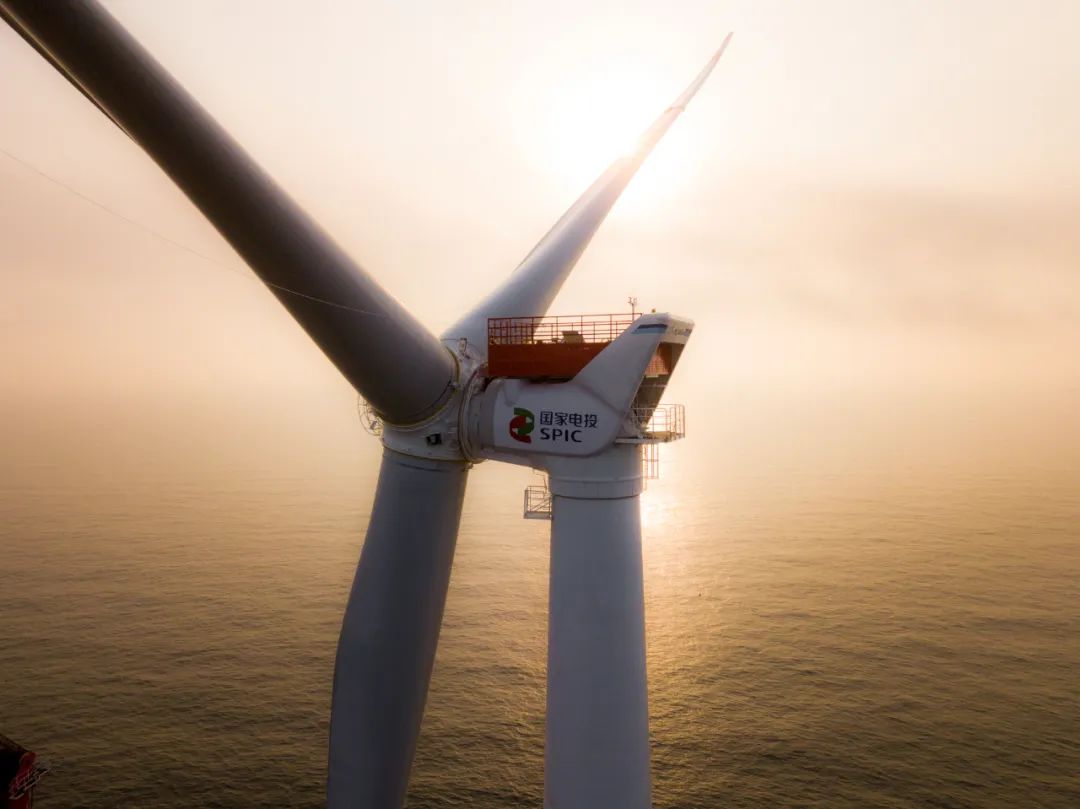 At the beginning of 2020, SPIC insisted on grasping both epidemic prevention and business development. In the first quarter, electricity market demand was insufficient, and power generation decreased year-on-year. After careful analysis, it proposed a “Dual Benchmarking and Dual Incentives” action plan, determining budget targets and historical best performance indicators based on the principle of “outperforming oneself”. It aimed to narrow the gap with benchmark enterprises according to the principle of “outperforming peers” and set targets for improving industry rankings to strive for industry benchmarks. Focusing on key factors such as quantity, price, and cost in seven industrial sectors including electricity (thermal, hydro, wind, solar, nuclear), coal, and aluminum, it identified six categories of key indicators with industry representation and established the SDSJ benchmarking incentive mechanism. The SPI, JYKJ, and SDSJ systems achieve a comprehensive integration from macro, meso, and micro levels, ensuring the successful achievement of the phased goals of SPIC’s “2035 First-Class Strategy”.
In 2021, the JYKJ system focused on the “Five Innovations,” with planning budgets and key task arrangements highlighting technological innovation, comprehensive smart energy, large customers in county areas, and energy conservation and environmental protection, promoting SPIC’s transformation and development. The assessment and incentives achieved a revolutionary change linking profit levels with work efficiency, with the assessment responsibility letter for secondary units clearly defining the linkage mechanism between benefits and compensation for the first time, ensuring that salary distribution is open and transparent, leading each unit from “dividing the cake” at the end of the year to “earning the cake” at the beginning of the year, fully activating the internal motivation and subjective initiative of the enterprise.
From 2022 to the present, the SPI, JYKJ, and SDSJ systems continue to optimize and innovate, successively issuing and revising documents such as the “Management Regulations for the Strategic Planning System” and the “Integrated Management Evaluation System for Planning, Budgeting, Assessment, and Incentives (JYKJ),” and optimizing the report template for business analysis meetings.
At the beginning of 2020, SPIC insisted on grasping both epidemic prevention and business development. In the first quarter, electricity market demand was insufficient, and power generation decreased year-on-year. After careful analysis, it proposed a “Dual Benchmarking and Dual Incentives” action plan, determining budget targets and historical best performance indicators based on the principle of “outperforming oneself”. It aimed to narrow the gap with benchmark enterprises according to the principle of “outperforming peers” and set targets for improving industry rankings to strive for industry benchmarks. Focusing on key factors such as quantity, price, and cost in seven industrial sectors including electricity (thermal, hydro, wind, solar, nuclear), coal, and aluminum, it identified six categories of key indicators with industry representation and established the SDSJ benchmarking incentive mechanism. The SPI, JYKJ, and SDSJ systems achieve a comprehensive integration from macro, meso, and micro levels, ensuring the successful achievement of the phased goals of SPIC’s “2035 First-Class Strategy”.
In 2021, the JYKJ system focused on the “Five Innovations,” with planning budgets and key task arrangements highlighting technological innovation, comprehensive smart energy, large customers in county areas, and energy conservation and environmental protection, promoting SPIC’s transformation and development. The assessment and incentives achieved a revolutionary change linking profit levels with work efficiency, with the assessment responsibility letter for secondary units clearly defining the linkage mechanism between benefits and compensation for the first time, ensuring that salary distribution is open and transparent, leading each unit from “dividing the cake” at the end of the year to “earning the cake” at the beginning of the year, fully activating the internal motivation and subjective initiative of the enterprise.
From 2022 to the present, the SPI, JYKJ, and SDSJ systems continue to optimize and innovate, successively issuing and revising documents such as the “Management Regulations for the Strategic Planning System” and the “Integrated Management Evaluation System for Planning, Budgeting, Assessment, and Incentives (JYKJ),” and optimizing the report template for business analysis meetings.
Optimization and Improvement of the Strategic Implementation System
The three major management systems of SPIC play a significant role in strengthening the execution of strategic implementation, optimizing resource coordination, solidifying accountability, and stimulating organizational vitality and employee motivation. However, with the rapid changes in internal and external environments, the three major management systems encounter new issues in application:
■ First, in recent years, the external economic environment has become increasingly complex and changeable, facing a “once-in-a-century great change.” Geopolitical events have occurred frequently, and international oil and gas prices, coal prices, and non-ferrous metal prices have reached new highs, creating uncertain impacts on electricity demand markets, continuously raising higher demands for the accuracy and foresight of planning budgets, and posing new challenges to the dynamic adjustment mechanisms and application resilience of JYKJ.
■ Second, the group has numerous business segments, with objective differences in main industry, business model, development history and lifecycle, and management capabilities across various levels of enterprises. The application time spans of the SPI, JYKJ, and SDSJ management systems differ, showing insufficient vertical penetration and execution rigidity between subsidiaries and third and fourth-level units, necessitating further optimization of the management hierarchy transmission mechanism. At the same time, there are still issues with insufficient activity, where some enterprises actively respond and implement, while others are overwhelmed and fail to achieve the expected comprehensive application of all functions across the group, requiring further effective linking and interaction of internal functions.
■ Third, some indicators in the three major management systems have not yet fully demonstrated their traction and effectiveness, and aspects such as the structural and scientific nature of the indicators, as well as the authenticity, timeliness, and accessibility of the data still require further improvement.
In response to the encountered issues, SPIC continues to optimize and improve the SPI, JYKJ, and SDSJ management systems, reinforcing the smooth operation and closed-loop management of these systems, enhancing their ability to respond to uncertainties, and maximizing the scientific management role of the three major systems to provide strong support for ensuring the strategic goals of the group are effectively implemented.
Strengthening Connections from Process, Organization, and Institutional Levels
In terms of organizational methods, further clarifying responsibilities. The management scope of the JYKJ work leadership group has been further expanded to include SPI-related content, enhancing the comprehensive coordination of strategic management and budget management, and granting relevant responsibilities and authorities. When revising the draft of the annual planning implementation plan, the Strategic Department leads relevant departments in joint research and discussion, while the Financial Department is responsible for providing and verifying boundary conditions, fully considering budget factors to enhance the feasibility of planning I in SPI. The Financial Department takes the lead in the first J of JYKJ, implementing the decomposition and implementation of planning I when preparing the annual JYKJ plan, with cooperation from the Strategic Department and participation from relevant departments.
In terms of scheduling, the SPI planning I is formed first, then decomposed into the formulation of JYKJ planning J. The guiding significance of the annual planning implementation plan I for the annual comprehensive plan J is clarified, and planning I should initially be formed based on the five-year plan or three-year rolling plan. It is clearly defined in the system that the preliminary research of I should be planned at the beginning of the year and completed by the end of August each year, with timely adjustments.
In terms of institutional guarantees, refining, solidifying, and optimizing work procedures. At the group level, joint working group regulations and detailed rules have been introduced, stipulating that weekly communication meetings are organized during the joint office period to form written feedback documents, promoting efficient and orderly joint operations. Alternatively, in the “one up” and “two down” stages, I and J can be unified into a single “plan” report, further linking the SPI and JYKJ systems and balancing the foresight and feasibility of plans.
Guiding and Urging Secondary Units to Effectively Utilize the Three Major Systems, Emphasizing Differentiated Penetration
JYKJ emphasizes differentiated penetration at the headquarters, secondary units, and tertiary units, based on their actual conditions.
Establishing a dynamic adjustment mechanism for JYKJ indicators to solve the consistency issue from headquarters to secondary units. Encouraging and guiding secondary units to establish their own JYKJ systems based on actual conditions, and establishing an “upload and deliver” reporting mechanism, fully utilizing the financial team, with the financial leader of the secondary unit as the core, to build an “upload” liaison mechanism with the secondary unit. The financial leader of the secondary unit reports monthly to the group company on the “Business Information Special Report,” detailing changes in local policies, as well as difficulties or experiences in advancing major issues and key projects; the JYKJ office compiles and optimizes submitted information for inclusion in the “Monthly Business Dynamics” report, submitted to the leaders and departments of the group company for dissemination at the headquarters level. Monthly reports on the operational status of secondary units are provided, and key issues and important arrangements deployed in the group company’s monthly production and operation meetings are promptly communicated to relevant secondary units to urge implementation. At the same time, monthly business analyses are conducted, with key issues penetrating down to second and third-level units, exploring the deeper business reasons through the integration of business and finance. Additionally, to further enhance activity levels, evaluations of JYKJ work are conducted, assessing the compilation, analysis, and system construction of JYKJ across units, with outstanding units being recognized.
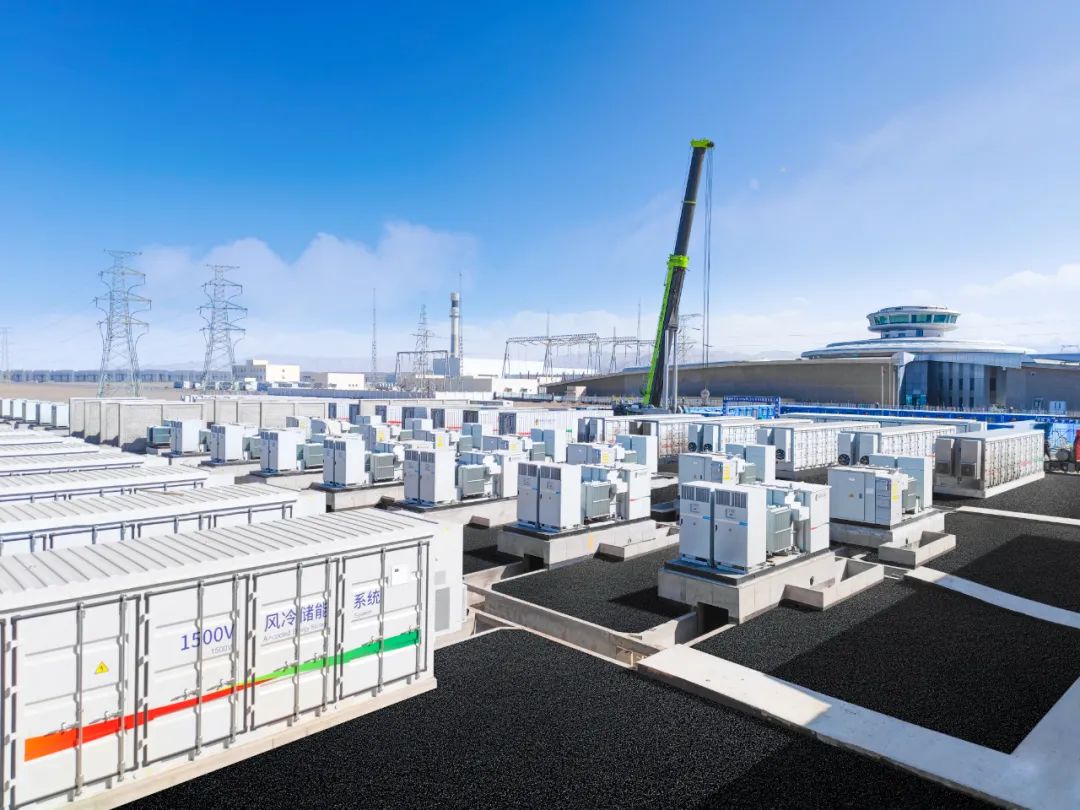
Adapting to local conditions and expanding the scope of the “one enterprise, one policy” approach to resolve the differentiated penetration issue from secondary to tertiary units. The JYKJ system emphasizes different focal points for group headquarters, secondary units, and tertiary units. At the group headquarters level, the supporting role of I for J should be emphasized; at the secondary unit level, there should be no distinction between I and J. When secondary units penetrate the JYKJ system downward, for mature enterprises, JYKJ should be prioritized, while for newly established enterprises, assessment should be weakened, focusing on JYJ. At the same time, secondary units should strengthen the construction of the SDSJ system, fully leveraging the enthusiasm of tertiary units for entrepreneurship; at the tertiary unit level, where traditional industries lack the functions of S and P, there should be an emphasis on the acceptance of J and Y decomposed by secondary units. For emerging or cultivated industries, exploration of S and P should be strengthened.
Enhancing the promotion of good practices in the JYKJ system. Each year or every six months, one or two benchmark enterprises for JYKJ system construction are selected from different categories of secondary units, such as industrial platforms, provincial companies, and technology innovation enterprises; a “JYKJ column” is opened in publications like the “State Power Investment Corporation Report” to promote good practices, compiling excellent cases from benchmark enterprises, regularly holding experience-sharing and interactive exchange meetings, and organizing special training to continuously optimize and improve JYKJ work within the system.
Building a More Responsive, Flexible, and Inclusive Strategic Implementation System for Emerging Industries
Developing sub-strategies and special plans for the development of emerging industries at SPIC. For rapidly changing environments and competitive emerging industries, such as hydrogen energy and green zero-carbon transportation, three-year rolling plans are formulated. Guided by the group’s strategic planning, plans are driven by actions, and actions are driven by plans, achieving adaptability to external environments and internal optimization changes, and forming business plans by decomposing them according to industry lines, clarifying development goals, key measures, resource allocation, development pace, and task decomposition for emerging industries.

Secondary and tertiary units in emerging industries are required to formulate their own three-year rolling plans for emerging industries. It is clearly required that secondary units that have developed or plan to develop emerging industries, under the guidance of the group’s overall emerging industry planning, formulate their own three-year rolling plans for emerging industries, analyzing external policy environments, market sizes, customer demands, price acceptance levels and trends, current and future potential competitors, internal inputs and outputs, technical and engineering indicators, and core competitiveness, clarifying development goals and implementation paths for emerging industries. For the three-year rolling plans, it is recommended to conduct reviews and analyze reasons on an annual basis regarding the implementation of planning goals and measures, ensuring that planning goals and key indicators are achieved. Strengthening dynamic adjustments to relevant measures and goals in emerging industries, adjusting secondary indicators (including indicators and target values) annually to better adapt to the special needs of different development stages of the industry and dynamically respond to changes in the market environment.
Application Effect of the Strategic Implementation System
By constructing the integrated management system of SPI (Strategy-Planning-Implementation), JYKJ (Planning-Budgeting-Assessment-Incentives), and SDSJ (Dual Benchmarking and Dual Incentives), a working plan for the three major management systems has been formed, along with a compilation of the “Integrated Management Regulations for Planning, Budgeting, Assessment, and Incentives (JYKJ)” and other “1+N” institutional systems, the “Management Regulations for the Strategic Planning System,” the “Management Measures for the Strategic Planning System,” SPI flowcharts, JYKJ flowcharts, and other institutional process systems, as well as the “Classification Table for Secondary Units”, which have played a positive role in the high-quality development of SPIC.

During the 13th Five-Year Plan period, SPIC basically achieved a transformation, with asset scale increasing by 70%, installed capacity growing by 64%, operating income rising by 50%, total profit increasing by 45%, and asset-liability ratio decreasing by 9 percentage points, consistently receiving an A grade in central enterprise assessments for five consecutive years. In 2022, SPIC ranked 260th in the Fortune Global 500, improving by 33 places from the previous year, making it the fastest-growing domestic power enterprise. By the end of 2022, SPIC managed an installed capacity of 232 million kilowatts, of which clean energy accounted for 155 million kilowatts, or 66.75%. The generation capacity of new energy continues to rank first among power generation groups, with installed capacity of photovoltaic power generation, new energy power generation, and renewable energy power generation ranking first in the world, and wind power generation ranking second in the world.
Forming a Management System with SPIC Characteristics and Brand Effect
By summarizing and refining the experiences from the practices of the SPI, JYKJ, and SDSJ management systems, and researching and analyzing the strategic management, budget planning, and incentive assessment tools of advanced external companies for reference and learning, optimizing management methods and tools, further enhancing the theoretical height of the integrated operation of the SPI, JYKJ, and SDSJ management systems, and improving the systematic and professional nature of SPIC’s three major management systems, thus forming a management system with distinctive SPIC characteristics, theoretical depth, and brand effect.
 The integrated management system of SPI, JYKJ, and SDSJ has achieved full coverage of organization, elements, and processes at SPIC, fully integrating into the management of SPIC, guiding organizations and individuals at all levels to focus on strategy and concentrate on execution. Through assessments and a combination of various incentive tools, efforts are made in precision and timeliness, effectively promoting the synchronization of organizational performance and individual performance. Under the joint action of the three major systems, SPIC’s strategic direction is clearer and more defined, with a leading share of new energy, proactively announcing the carbon peak timetable, and possessing a certain influence and driving force in the development of the new energy industry.
The integrated management system of SPI, JYKJ, and SDSJ has achieved full coverage of organization, elements, and processes at SPIC, fully integrating into the management of SPIC, guiding organizations and individuals at all levels to focus on strategy and concentrate on execution. Through assessments and a combination of various incentive tools, efforts are made in precision and timeliness, effectively promoting the synchronization of organizational performance and individual performance. Under the joint action of the three major systems, SPIC’s strategic direction is clearer and more defined, with a leading share of new energy, proactively announcing the carbon peak timetable, and possessing a certain influence and driving force in the development of the new energy industry.
Management Innovation Promotes Corporate Culture Upgrade
The three major systems are not only a reflection of SPIC’s ideological transformation and management innovation in the face of industry transformation but also an upgrade and practice of corporate culture. The operation of the three major systems requires collaboration, cooperation, mutual support, and high integration among various departments at headquarters, member units, and all employees. All employees strive toward a common strategic direction in their work, greatly enhancing their sense of belonging, honor, and pride, inspiring them to take on heavy responsibilities and move forward bravely, forming a strong cohesion that allows employees to gain a greater sense of corporate identity and belonging beyond economic returns. The innovative establishment and application of the three major systems have shaped a corporate culture of “positivity and unity.”
Demonstrating Significance for Building Strategic Implementation Systems in Large and Medium-Sized Groups
Problem-oriented and goal-driven, addressing the practical issues existing in the SPI, JYKJ, and SDSJ management systems from both macro framework optimization and micro practical operation perspectives, proposing systematic and targeted solutions to enhance the connection, vertical penetration, and activity levels of the three major management systems, providing practical value. After nearly three years of operation and optimization, the three major systems have continuously innovated and achieved significant benefits in management mechanisms, enterprise management, production operations, and benchmarking improvements, demonstrating significance for building strategic implementation systems in large and medium-sized groups.
● Official promotional video of SPIC
Editor-in-Chief: Hao Yannan
Material: Strategic Department
Editors: Wang Yuxin, Hao Cheng
 Click “Read Original” to quickly joinWeibo
Click “Read Original” to quickly joinWeibo




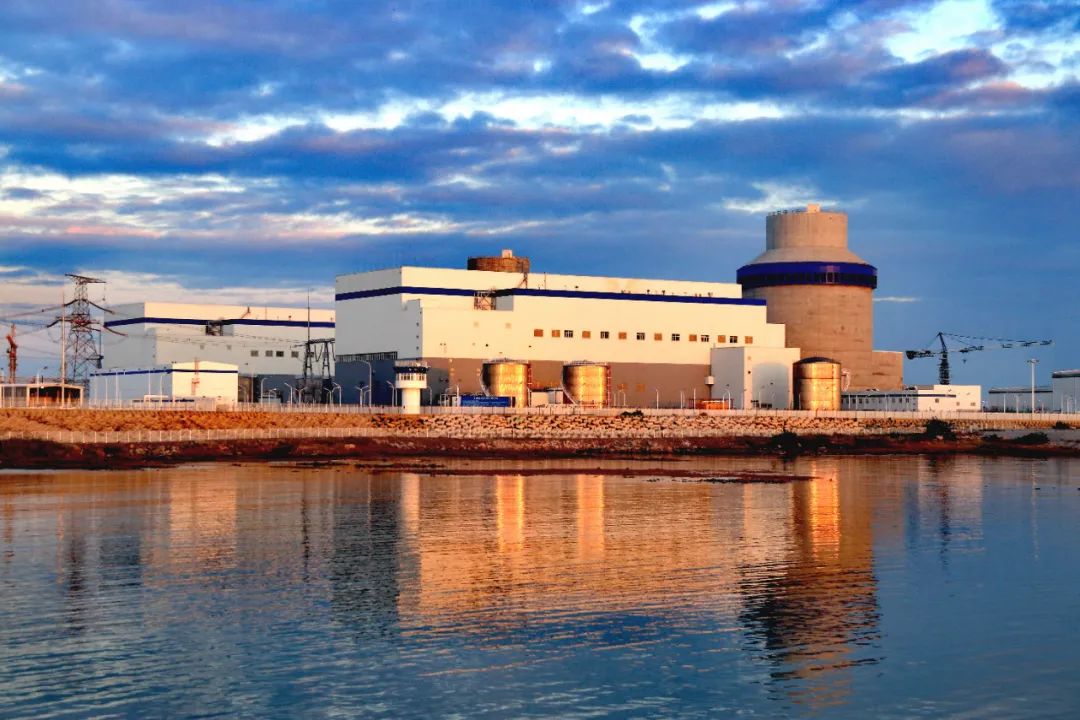





 Click “Read Original” to quickly joinWeibo
Click “Read Original” to quickly joinWeibo